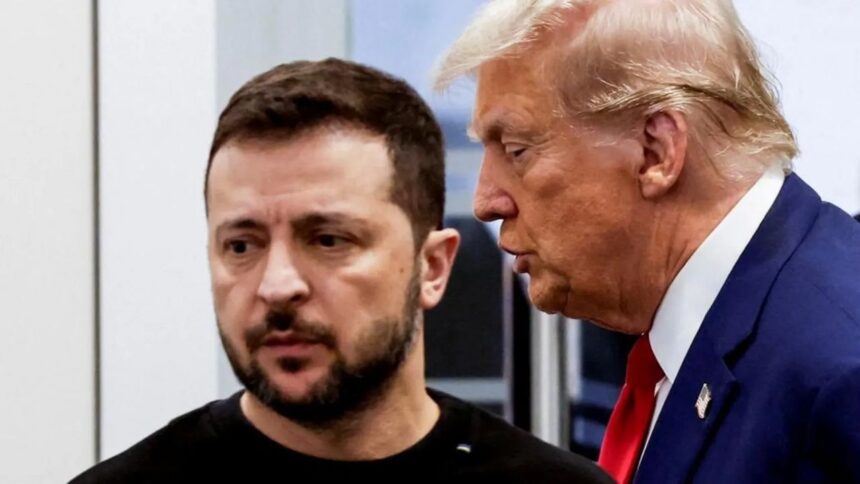The United States and Ukraine are edging closer to finalizing a wide-ranging economic deal that could reshape their bilateral relationship and give Washington access to Ukraine’s vast mineral resources.
The agreement, which stalled in February during a tense meeting between Presidents Volodymyr Zelensky and Donald Trump, has regained momentum after a new memorandum of intent was signed and released by the Ukrainian government.
The memo outlines plans to establish a joint reconstruction investment fund, meant to help rebuild Ukraine’s war-torn economy. While the document emphasizes the desire for economic cooperation, it does not provide detailed terms or directly mention Ukraine’s mineral deposits, which had been a focal point of earlier discussions. This vagueness has raised questions about what the final version of the deal will contain.
Despite the lack of specifics, officials on both sides suggest the agreement builds on an earlier, unpublished 80-page draft that proposed Ukraine contribute up to 50 percent of proceeds from state-owned mineral, oil, and gas sectors into a shared investment fund. The fund would reportedly be co-managed by Kyiv and Washington, signaling a level of oversight and collaboration intended to ensure transparency and mutual benefit.
The earlier version also included references to U.S. long-term financial commitments to Ukraine’s economic stability and development. However, one crucial element remains absent a formal security guarantee from the United States. Zelensky has repeatedly pushed for such an assurance, especially in light of continued Russian aggression, but Friday’s memo only gestures toward “a desire for lasting peace” without making any promises.
President Trump, whose relationship with Zelensky has cooled in recent months, has suggested that U.S. access to Ukraine’s critical raw materials could serve as a form of repayment for the billions of dollars in military aid the U.S. has provided since Russia’s full-scale invasion in 2022. During a recent public appearance, Trump stated that he hoped the deal would be signed by April 24 and expected Ukraine to “live up to it.”
The February meeting between the two leaders, which was originally scheduled as a signing ceremony, ended in a heated argument. Trump reportedly accused Zelensky of showing a lack of gratitude and warned that Ukraine was “gambling with World War Three.” The confrontation ended with Zelensky leaving the White House early and Trump calling off the agreement entirely.
Ukrainian Economy Minister Yulia Svyrydenko and U.S. Treasury Secretary Scott Bessent have since revived the deal, working to resolve remaining issues. Bessent recently confirmed that the framework of the new agreement is “substantially” the same as the earlier version, and both sides are now aiming to finalize the text by April 26, with Ukrainian Prime Minister Denys Shmyhal expected in Washington next week to conclude technical discussions.
At the heart of the deal are Ukraine’s natural resources. The country is estimated to hold about five percent of the world’s critical raw materials, including vast reserves of graphite, titanium, lithium, and rare earth elements — all of which are essential to green technology, defense systems, and advanced electronics. The Ukrainian Geological Survey ranks Ukraine among the top five global suppliers of graphite, used in electric vehicle batteries.
However, accessing and developing these resources will not be easy. A quarter of Ukraine’s land is contaminated with unexploded landmines, particularly in the eastern regions heavily affected by the war. Additionally, Kyiv estimates that mineral deposits worth around $350 billion remain under Russian occupation, further complicating plans to turn mineral wealth into post-war recovery capital.
Meanwhile, Russia has dismissed the importance of the potential US-Ukraine deal. President Vladimir Putin, speaking on state television, claimed that Russia possesses even greater reserves of the same minerals and has offered joint mining ventures to American and other foreign investors in territories now under Russian control. He referred to these areas as “historical territories” that had “returned” to the Russian Federation.
With high economic stakes and geopolitical implications, the upcoming days will be crucial. If signed, the deal could anchor Ukraine’s recovery and deepen U.S. involvement in the country’s future — not only as a military ally, but also as a key economic partner invested in the ground beneath Ukraine’s feet.







